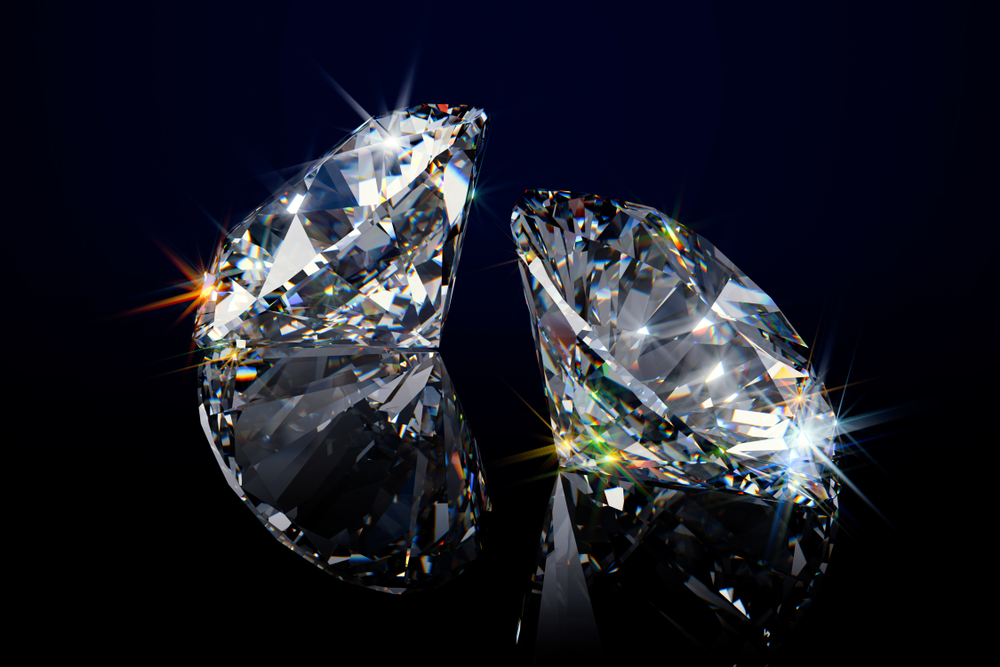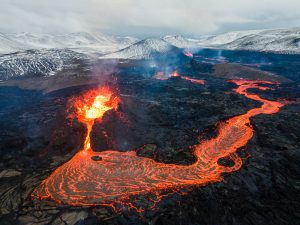Perhaps you’re thinking of hanging up your favorite crystal dream catcher, or maybe you want to display your dazzling crystal collection in front of your window.
If any of these are true, you might be wondering, “Can crystals start fires?”
We’ll be addressing that commonly asked question and other related questions in this article. But first, here’s the short answer:
Crystals can start fires, but a very powerful source of light is necessary for this to happen.
Only certain kinds of crystals can start fires, and you also need a light that’s as powerful as the sun or a laser.
So, if your crystals are being exposed to sunlight and they’re the types that are prone to catching on fire, they can likely start fires.
Read on to learn more about crystals and which ones can and can’t create fires.
Table of Contents
Qualities that crystals need to start fires

For crystals to be able to start fires, they have to meet the following two requirements:
- Have a degree of curvature that concentrates light
- Be extremely transparent
If crystals don’t have these qualities, you don’t have to worry about them starting any fires. However, just because you’re able to see through a crystal doesn’t mean it will end up in flames.
Any crystal that’s transparent and has a strong hue is extremely unlikely to start a fire.
Although crystals like yellow tourmaline, orange kyanite, and citrine may have large amounts of light passing through them, they deflect enough light to prevent the creation of fire.
What makes a crystal catch on fire?
If a crystal catches on fire, chances are high that it’s a fake crystal.
Fortunately, there’s a variety of ways you can test whether a crystal is real. Safer ways include checking for glass counterfeits or fake resin.
One less common but still effective way to check a crystal’s authenticity is to hold it by a flame.
A crystal’s ability to create a fire is determined by its material’s flash point. If a crystal doesn’t have a flash point, it most likely won’t catch on fire.
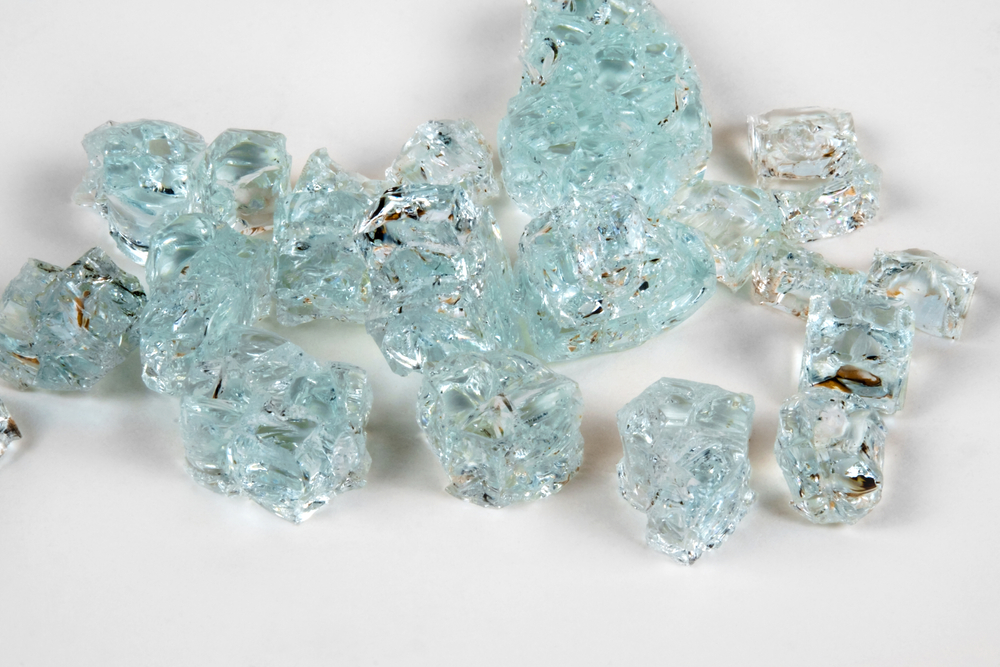
What’s a flash point?
A flash point is the absolute lowest temperature at which a substance gives off a sufficient amount of vapor above its surface and a sufficient amount of concentration to ignite.
Because crystals don’t have a flash point, they don’t often catch on fire. If they happened to start a fire, that would occur in extraordinarily hot temperatures that usually wouldn’t be conducive to human life.
So, if you notice your “crystal” catching on fire from sunlight or a candle, it’s probably not a real crystal.
But haven’t crystal balls caught on fire before?
Yes, there have been instances of crystal balls catching on fire when in contact with sunlight.
One famous example was when a crystal ball almost completely burnt a home to the ground in the state of Wisconsin after the object was hit with a ray of sunlight.
The unfortunate residents of that home were faced with over $323,040 in overall damages.
But what caused the fire in the first place? According to an investigation, the fire was caused by a glass ornament on the crystal ball that had lit a couch on fire after concentrating a strong beam of light coming from a nearby window.
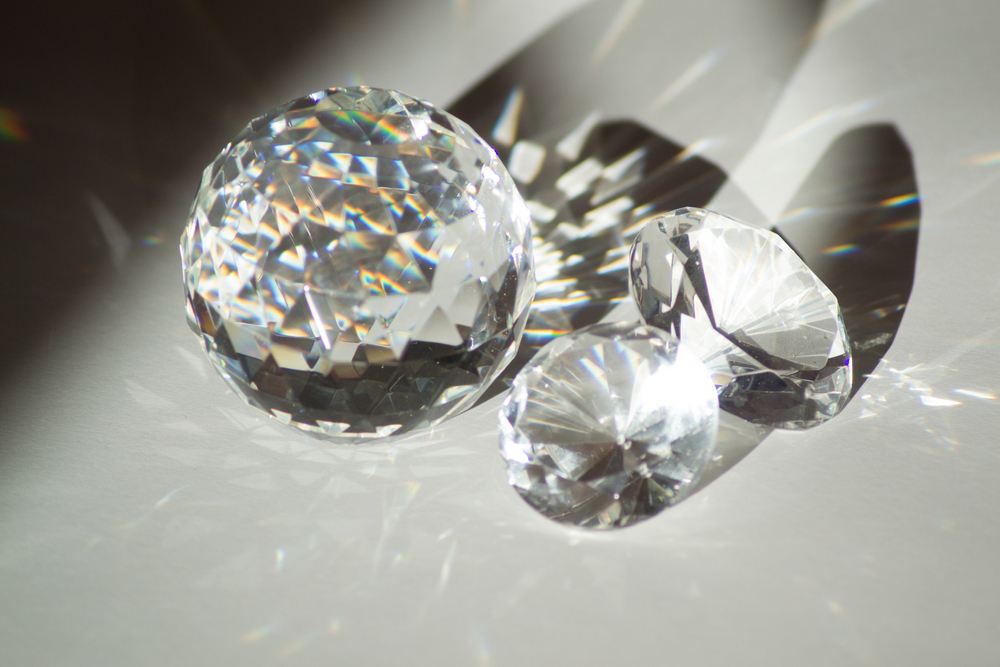
In a nutshell, crystal balls can focus light from the sun into a hotter, smaller image that can ignite flammable material, such as the fabric on the couch.
What kinds of crystals can’t start fires?
As we’ve already established, no real crystals can start fires.
That being said, some crystals are known to react to UV light in interesting ways. For example, sodalite will totally change colors when in contact with UV light before switching back to its original colors when hit with regular light.
It’s also known to glow under UV light.
Another reaction that some crystals have to sunlight is fading. Crystals that fade in sunlight include:
- Amethyst loses its famously purple hue when exposed to sunlight.
- Hackmanite, if there’s enough sun exposure, transitions from red to blue or green or, in some cases, becomes colorless.
- Fluorite, which is extremely sensitive to sunlight, can fade remarkably quickly, often in less than an hour.
- Pink kunzite takes a bit longer to fade. When it does fade, it goes from light pink to completely clear.

There are many more examples of crystals that are sensitive to light, but almost all of them need at least several days of constant exposure before fading or reacting.
And none of them are dangerous when they react.
What about glass? Can that create fires?
Yes. The London fire brigade responded to more than two dozen fires that had been caused by sunlight in 2015.
So, what makes glass catch on fire? The answer is simple: photons. Known for carrying light to the earth from the sun, photons contain energy, i.e., heat.
When people use a curved glass, the photons’ path is concentrated in a very small area, resulting in a heat concentration that can reach extraordinarily high temperatures.
And these temperatures are high enough to catch something, e.g., glass, on fire. And that’s exactly what happened in the house fire situation mentioned above.
But with no curvature in the glass, the light won’t have enough concentration to start a fire.
Hanging crystals in windows

For the most part, crystal dream catchers are quite safe, and you can use many kinds of crystals and gemstones to adorn them.
Some of the more popular decorative items to hang by windows include obelisks and raw stones.
In addition to adding color and vibrancy to an area, they also create fascinating light patterns on people’s walls.
When using dream catchers, you just need to make sure the crystal in the center is completely transparent to ensure it’s safe enough to hang up.
Does the full moon’s light cleanse crystals?
The light of the full moon, even in cloudy or rainy weather, is widely believed to cleanse crystals, or refresh them and remove unwanted energy.
Other common ways to cleanse crystals include:
- Placing crystals on a selenite plate. Because of selenite’s clearing properties, arranging the crystals on it should have a cleansing effect.
- Using herbs like palo santo, sage, and sweetgrass. Just as people clear their spaces, they can clear their stones as well.
- Giving crystals a salt bath. You just need to make sure your crystals aren’t sensitive to water or liquids. After doing your due diligence and learning which stones are safe to put in water, you can add roughly a tablespoon of salt to a bowl of water. You can let your crystals soak for hours or even days, depending on how much cleansing they need.
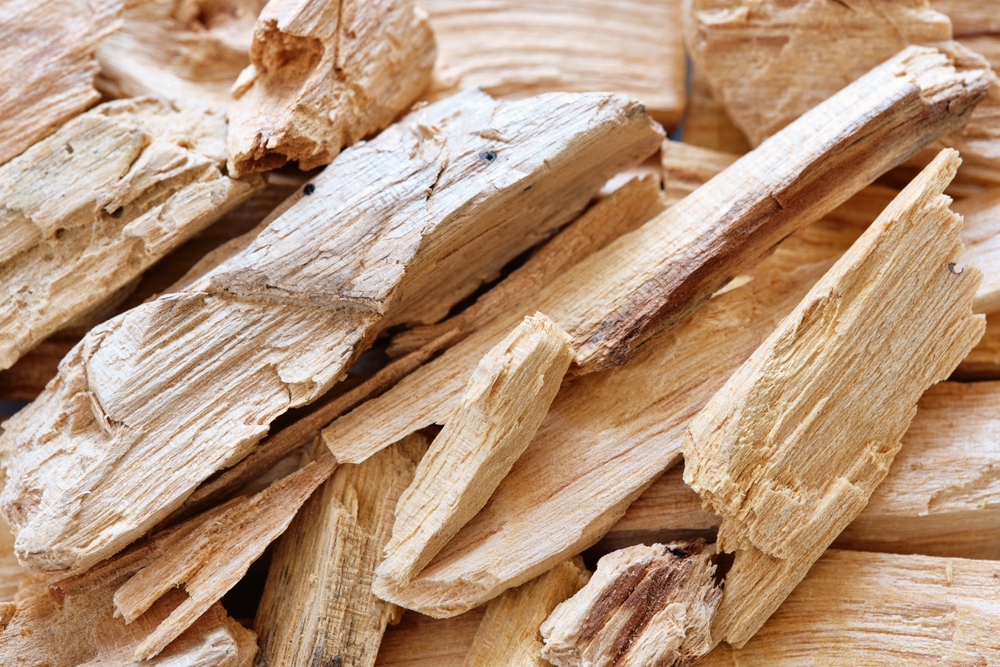
What’s the difference between cleansing and charging crystals?
Although cleansing crystals and charging them often go hand in hand, there’s a distinct difference between the two.
While cleansing involves clearing a crystal of stale or unwanted energy, charging a crystal involves replenishing the crystal’s energy supply.
Crystals are like batteries. Besides emitting a specific energy and vibrating at a certain frequency, they discharge positive energy.
That explains why many people feel a “strange” feeling when they’re touching or holding a crystal in the palm of their hand.
After a certain amount of use, crystals require re-energization in order to function at full capacity again.
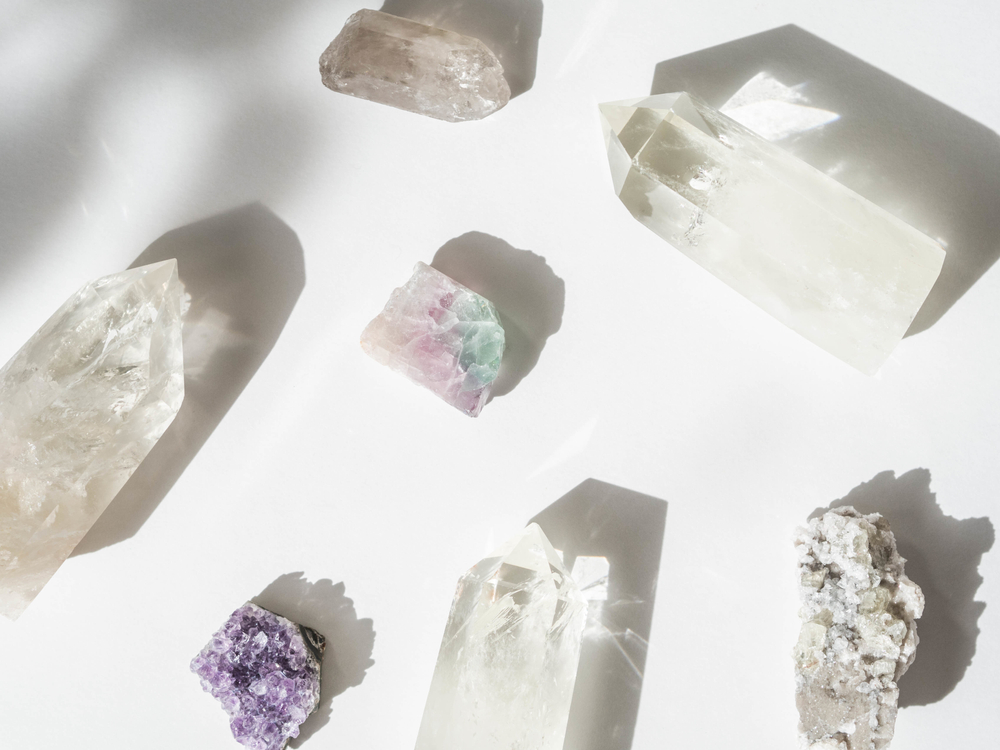
One popular way to both cleanse and charge crystals is to place them under sunlight for about half an hour (any longer and you risk damaging them, depending on their type).

